Julia Busiek, UC Newsroom
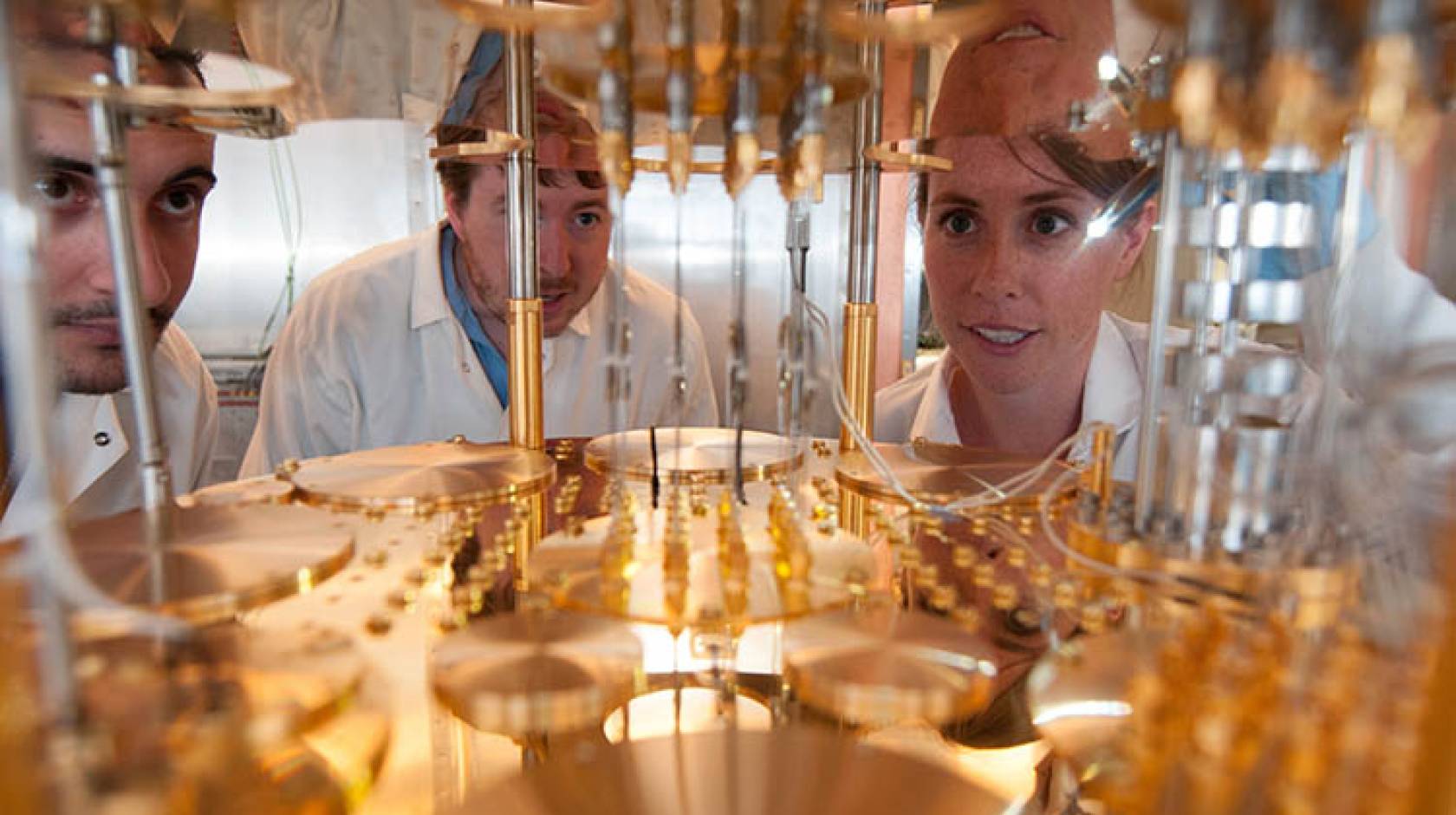
Even if you’ve never set foot inside a physics classroom, you probably have a pretty solid grasp of the laws governing how objects move and behave.
Throw a basketball against a wall and it bounces off. If a coin flipped in San Francisco comes up heads, that won’t cause a coin flipped in Los Angeles to come up tails. If you’re sitting on your couch, you’re not also on the treadmill at the gym. (Alas!)

These same rules apply to something as big as a galaxy or as small as a grain of sand. But once you zoom in even further — to the protons, neutrons and electrons that make up atoms, for instance, or the photons that make up light — our familiar concepts fade away, and new, much weirder behaviors emerge.
Physicists studying the atomic and subatomic realms have discovered that particles can pass right through walls. Observing a particle in one location can determine the state of another particle, even if that particle is miles away. And one particle can be in two places or states at the same time.
An extremely short introduction to quantum mechanics
Physicists have a name for these baffling behaviors. They call them quantum states, a reference to the fact that, on atomic and smaller scales, properties like energy or momentum go up or down in a stepwise fashion, rather than along a smooth curve.
For instance, if you have set foot in a physics classroom, you might remember that electrons orbit the nucleus of an atom along set paths, called shells, that form concentric shapes around the nucleus. An electron can gain energy and jump to the next shell out, or lose energy and fall to the next shell in. But it can’t be in the space between shells. All electrons in a given shell have the same amount, or quantum, of energy.
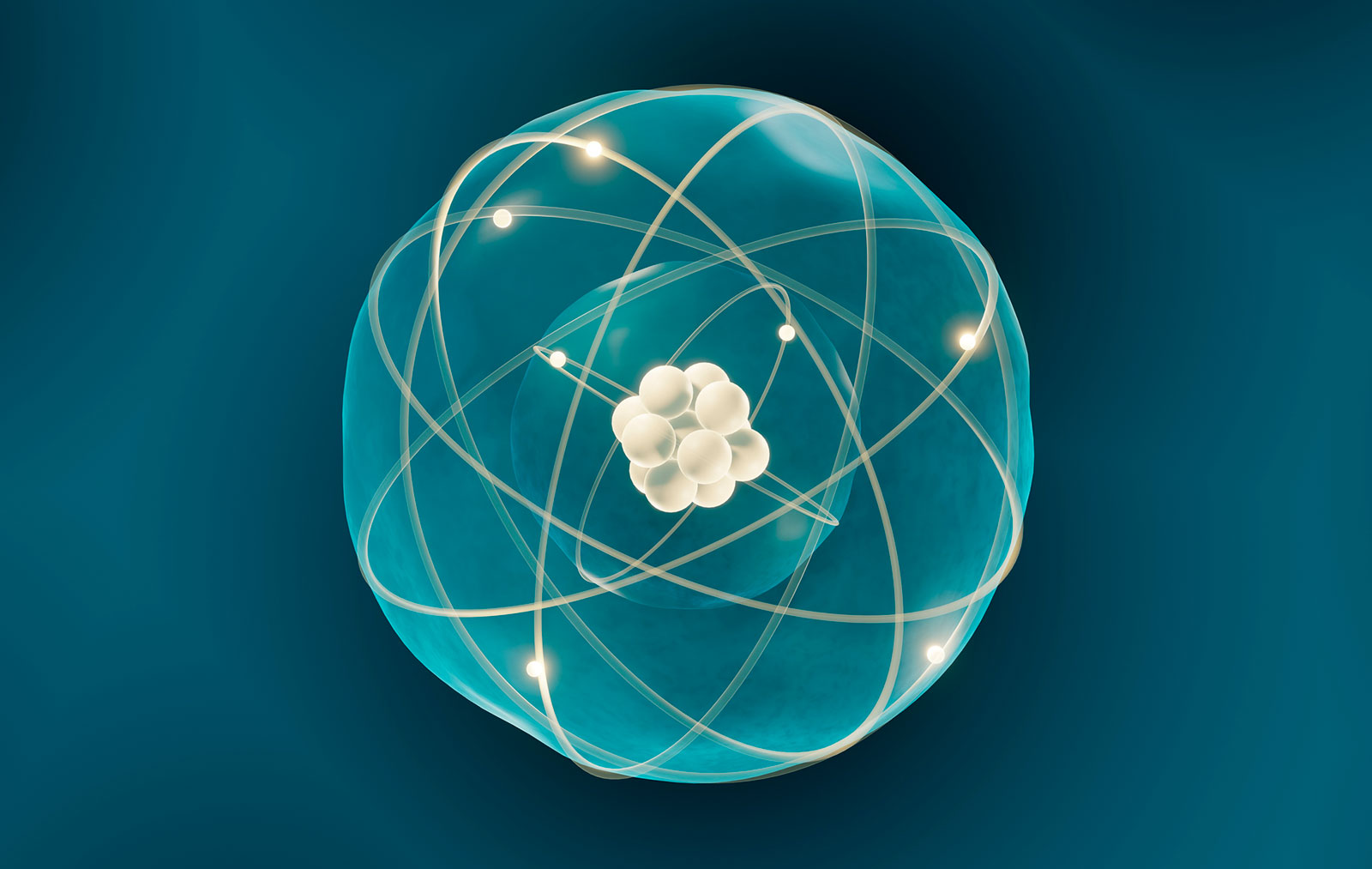
In the century or so since humans began to observe and describe quantum states, these theories have had huge impacts on society, says Steve Kahn, dean of the Division of Mathematical and Physical Sciences at UC Berkeley. “Quantum mechanics formed the basis for the invention of the laser, the transistor, and essentially all of modern electronics.” Still, Kahn says when it comes to reaping the benefits of quantum theory, we’re just getting started.
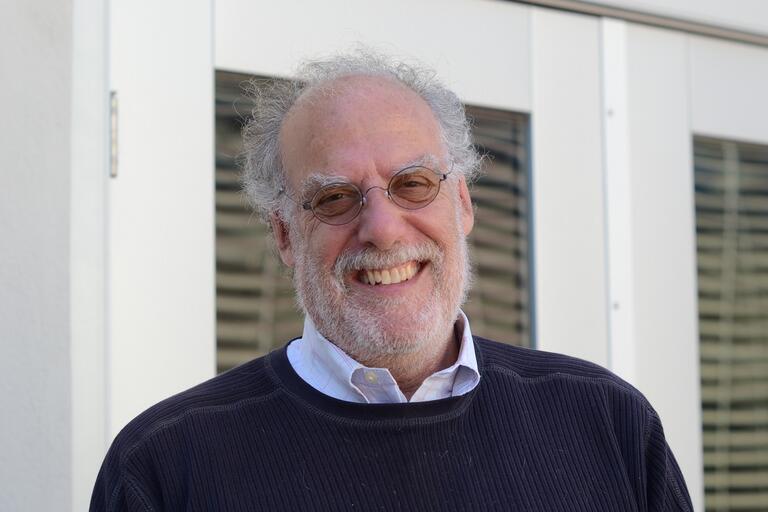
Steven Kahn, Dean of the Division of Mathematical and Physical Sciences at UC Berkeley.
Quantum theory is revolutionizing computing
In recent decades, researchers across the University of California have helped show how certain aspects of quantum theory, “which up until now have mainly been a curiosity, can revolutionize computing,” Kahn says. Computers built to take advantage of quantum states can solve problems even today’s most powerful conventional computer never could. And quantum computers can do the job of conventional computers much faster, using far less energy.
The prospects are both thrilling and chilling. A quantum computer could quickly and accurately model almost any natural or chemical process down to its most minute elements and interactions. That would take much of the guesswork out of the search for new drugs and materials, more efficient energy systems, and a zillion other worthwhile endeavors. Quantum computers could also make quick work of even the most sophisticated existing encryption technology, leaving passwords, bank accounts and national secrets vulnerable.
So it’s no surprise that national governments and many of the world’s biggest corporations are betting big in this field. And yet, with so much still to learn, the future of quantum information science remains wide open. “There's a spectrum of quite different technologies that exhibit these quantum properties,” Kahn says — lasers and cryogenic freezers, magnets and nanomaterials, photons and electrons and superconducting circuits, to name a few. The quest now is to figure out which technologies offer the best combination of reliability and practicality to make quantum computers mainstream.
“Despite all this investment from industry, there's still a huge role for fundamental research in quantum information science,” Kahn says. And UC is uniquely strong in this field, boasting several of the world’s leading departments in physics, computer science, engineering and chemistry, plus dozens of dedicated quantum research centers and three affiliated national labs.
“You can point to outstanding people or projects at other places, but the collection of strengths we have in all these different disciplines and facilities across UC doesn’t really exist anywhere else,” Kahn says. “That's why I say UC leads the world in quantum information science.”
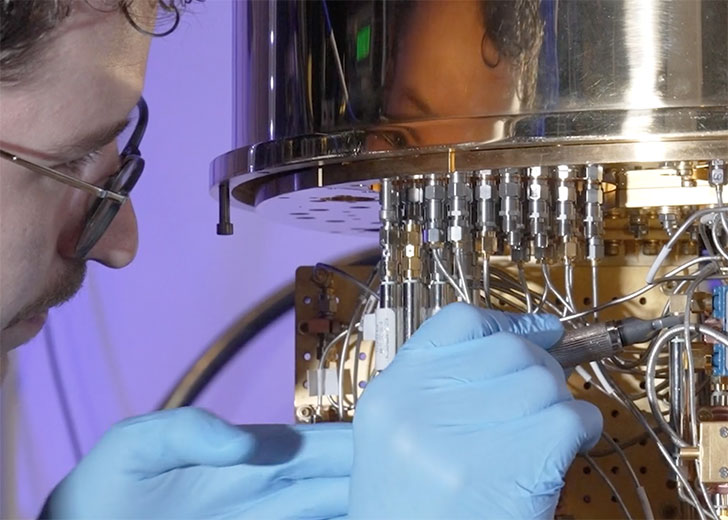
Joining forces with government and U.S. industry to solve quantum’s toughest challenges
UC’s quantum gravity has attracted productive partnerships with both government and industry leaders. In 2018, Congress created the National Quantum Initiative, investing more than a billion dollars over five years in quantum information science research and development. The National Science Foundation and the Department of Energy each established five research centers at U.S. universities. UC is the only university that’s home to two of these: the NFS-funded Quantum Leap Challenge Institute for Present and Future Quantum Computing and the DOE-funded Quantum Systems Accelerator.
Meanwhile, in February, Microsoft announced the creation in its lab at UC Santa Barbara of the first-ever topological quantum chip, which could someday power a quantum computer that’s less error-prone than any that exist today.

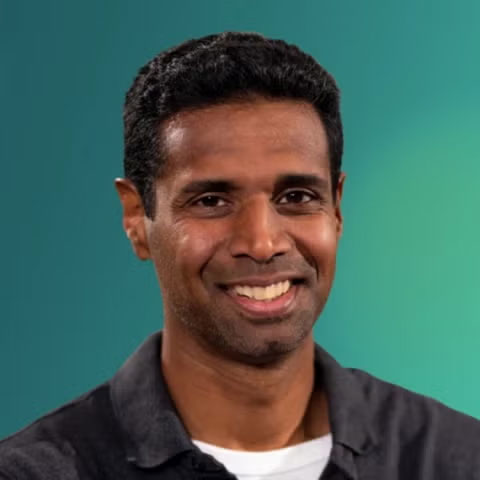
Chetan Nayak, a professor at UC Santa Barbara, leads Microsoft's quantum research efforts.
It's a leap forward for quantum computing, and one that might never have happened without UC. “Microsoft’s quantum program grew out of the University of California,” says Chetan Nayak, who led the topological chip project and holds dual roles on the faculty at UC Santa Barbara and as head of Microsoft’s quantum research arm.
“People ask why we’re here when the company is based in Washington, and the answer is that there is a lot going on in quantum physics at UC Santa Barbara. It was natural that the company wanted to be part of that ecosystem and environment where there's so much activity and so many ideas.”
Microsoft isn’t the only leading tech company that set up its quantum HQ in Santa Barbara. “Google’s quantum computing effort is actually right across the street from us,” Nayak says. “The reason two of the world’s five biggest companies are here is precisely because of the UC system. There’s a legacy of fantastic research from faculty across campuses, and there are a lot of fantastic students and postdoctoral scientists being produced by UC and companies like ours want to hire them.”
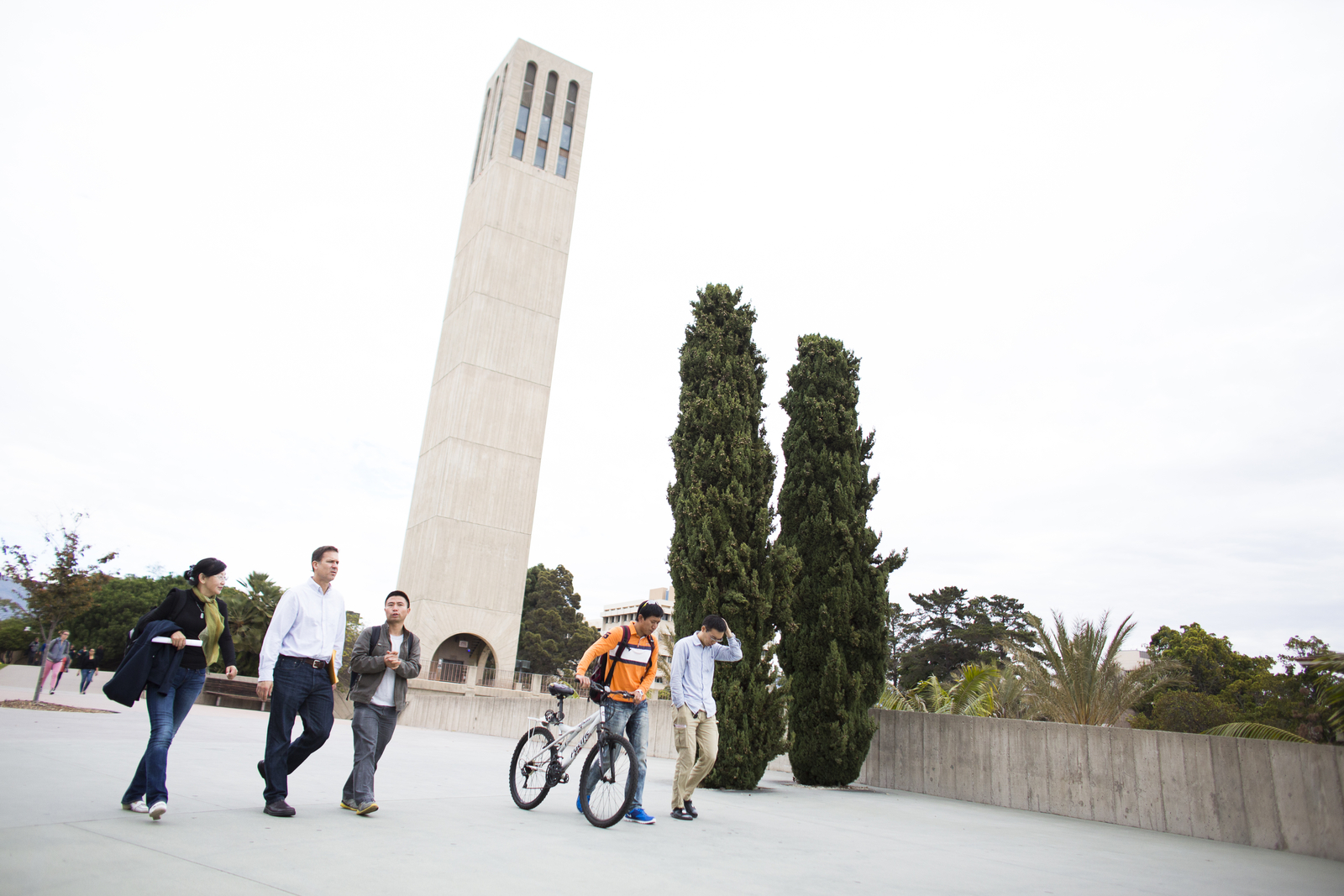
So what is a quantum computer, anyway?
Every digital device you’ve ever used contains the same basic building block, called a bit. The smallest unit of digital information, a bit is basically an electronic switch that can be set to either zero or one. String some bits together and you can make calculations. The more bits, the more complex the calculations you can make, the more powerful your computer.
Quantum computing arose from the discovery that, at the quantum level, a particle can occupy two states at the same time — both zero and one, or some combination thereof, a trait known as superposition. Particles can also get entangled, meaning they share a quantum state regardless of how far apart they are. Induce these behaviors on a computer chip and each quantum bit (or “qubit”) can do lots of calculations at the same time, where a conventional bit can only do one.
If it hurts your head to think about all this, you’re not alone. Albert Einstein, unsettled by early observations of quantum entanglement, described the phenomenon as spukhafte Fernwirkung, or “spooky action at a distance.” In the early 1970s in a sub-basement of Birge Hall at UC Berkeley, physicist John Clauser became the first person to deliberately entangle a pair of photons. Thirty years later, Clauser said, “I confess even to this day that I still don’t understand quantum mechanics.” (The admission didn’t disqualify him in the eyes of the Royal Swedish Academy of Sciences, which awarded Clauser the Nobel Prize in physics in 2022.)
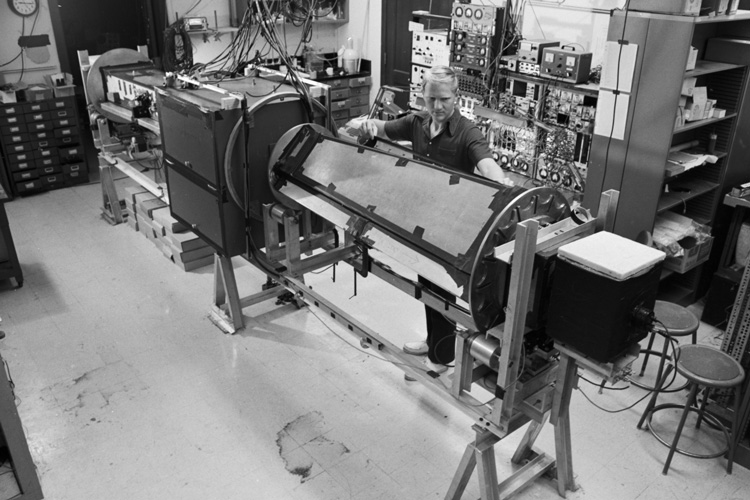
Even if the field’s leading lights can’t explain it, decades of experiments have unveiled the supreme computational power of quantum states. In conventional processors, “computing power scales linearly in the number of bits,” Kahn says. A computer with 10 bits is roughly 10 times as powerful as a computer with one bit. In a quantum computer, power scales exponentially: 10 qubits have the same computing power as 2^10, or 1,024, bits.
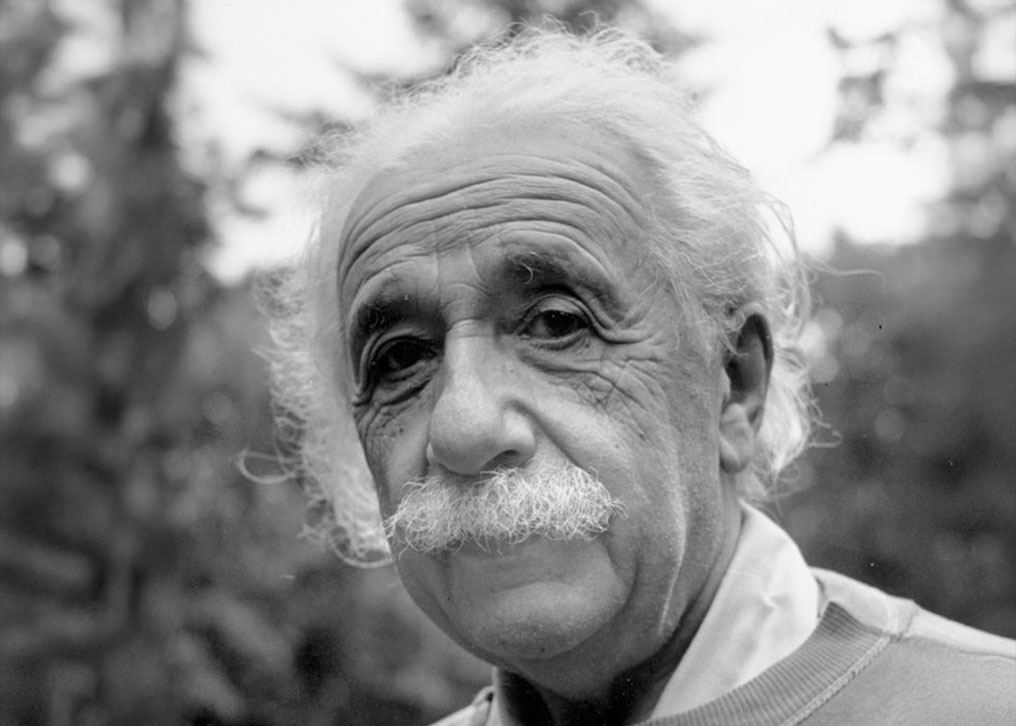
Getting quantum computers out of the lab and into your home
But building and maintaining qubits turns out to be very hard to do. Entanglement, Kahn says, is fragile. Even the tiniest disturbance, from things like heat, light, noise or motion, can kill it, or introduce lots of errors to its calculations. Today there are only a handful of quantum computers in operation, mostly owned by big tech companies and housed in elaborate and expensive facilities where they can be kept very cold, still and dark.
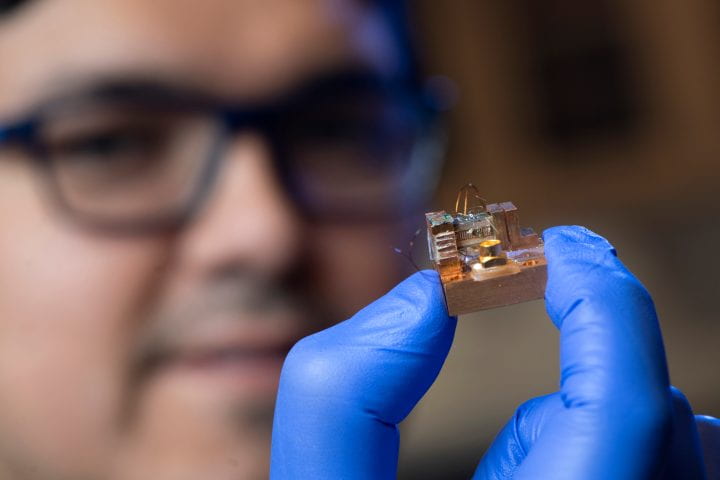
“If the goal is for quantum computers to someday be available to everyone, we don’t want to have these giant refrigerators hanging out in our houses,” says Luis A. Jauregui. He’s professor of physics at UC Irvine, the director of the Quantum Materials and Devices Laboratory, and a member of the Eddleman Quantum Institute. One approach to this problem is to develop materials that can maintain their quantum states in less rarified environments.
Last year, Jauregui published research describing a new method that transforms a simple substance into a material that can host quantum states. That breakthrough benefitted from cutting-edge fabrication facilities on campus at UC Irvine, as well as from access to super-purified elements that only exist at a few national labs, including UC-affiliated Los Alamos National Laboratory. Now, he’s part of a UC-funded research consortium across several campuses that’s using AI to speed up the discovery of new quantum materials.
“Companies are looking for effective quantum computers that operate at room conditions and are protected from external noise,” said Jauregui. “Our hope is that this new research helps make the promise of quantum computers more of a reality.”

